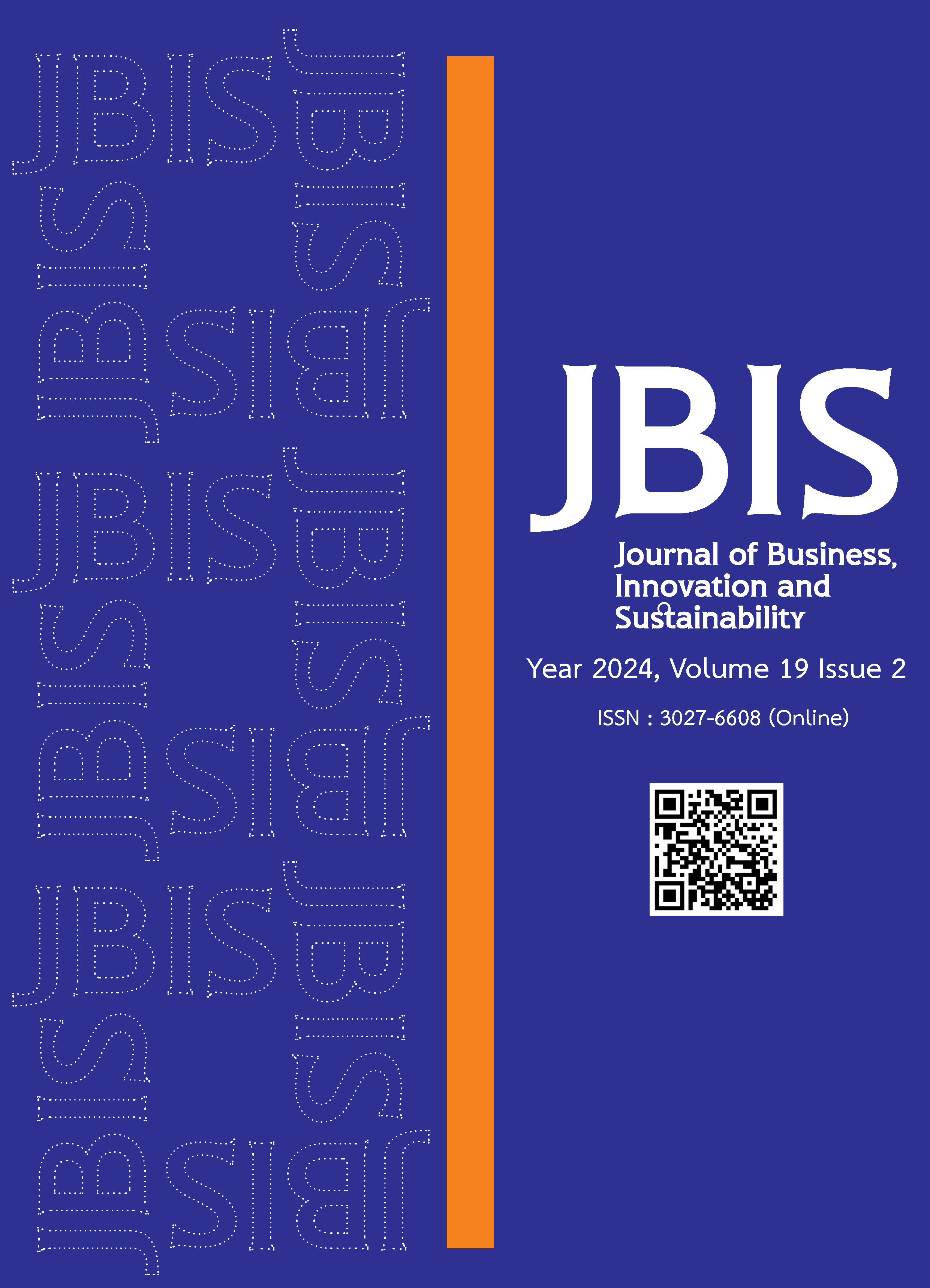Developing a Supplier Evaluation Conceptual Framework for Humanitarian Supply Chains
Main Article Content
บทคัดย่อ
Performance measurement in the humanitarian sector is a somewhat under-researched area. To our knowledge, there seems to be a lack of a supplier evaluation framework for humanitarian organisations to categorise their critical suppliers - strategic and bottleneck suppliers related to high supply risk purchases. This study addresses three fundamental research questions: the existing landscape of supplier evaluation in the humanitarian sector, challenges encountered in this process, and the essential criteria for evaluating Strategic and Bottleneck suppliers with high supply risk. The overarching goal is to construct a conceptual framework tailored to the evaluation of suppliers with elevated supply risk. Through synthesizing insights from literature reviews, interviews, and additional validation from a humanitarian field expert revealed four primary criteria areas for evaluating Strategic and Bottleneck suppliers. These criteria align with five of Carter’s 10 Cs: Communication, commitment, capacity, cost, and cleanliness. The proposed framework encapsulating these five Cs as the critical criteria for ensuring satisfactory performance in procurement contracts enables HOs to methodically assess their high risk suppliers.
Article Details

อนุญาตภายใต้เงื่อนไข Creative Commons Attribution-NonCommercial-NoDerivatives 4.0 International License.
เอกสารอ้างอิง
Balcik, B. and Ak, D. (2014). Supplier selection for framework agreements in humanitarian relief. Production and Operations Management, 23(6), 1028–1041.
Bhusiri, N., Banomyong, R., Julagasigorn, P., Varadejsatitwong, P. and Dhami, N. (2021). A purchasing portfolio model for humanitarian supply chain resilience: Perspectives from a development aid context. Journal of Humanitarian Logistics and Supply Chain Management, 11(4), 639-660.
Caniëls, M. C. and Gelderman, C. J. (2007). Power and interdependence in buyer supplier relationships: A purchasing portfolio approach. Industrial marketing management, 36(2), 219-229.
Carter, R. (1995). The seven C's of supplier evaluation. In Purchasing and supply management (pp. 44- 46). London: Inst.
Chen, H. S., Lai, K. and Cheng, T. (2019). Sustainable service supply chains. In Sarkis (Eds), Hand book on the sustainable supply chain (pp. 185-206). Northampton: Edward Elgar Publishing.
Falasca, M. and Zobel, C. W. (2011). A two-stage procurement model for humanitarian relief supply chains. Journal of Humanitarian Logistics and Supply Chain Management, 1(2), 151-169.
Kabra, G., Ramesh, A. and Arshinder, K. (2015). Identification and prioritization of coordination barriers in humanitarian supply chain management. International Journal of Disaster Risk Reduction, 13, 128-138.
Kraljic, P. (1983). Purchasing must become supply management. Retrieved December 22, 2023, from https://hbr.org/1983/09/purchasing-must-become-supply-management
Lamenza, A. A. D. S., Fontainha, T. C. and Leiras, A. (2019). Purchasing strategies for relief items in humanitarian operations. Journal of Humanitarian Logistics and Supply Chain Management, 9(2), 151-171.
Moshtari, M., Altay, N., Heikkilä, J. and Gonçalves, P. (2021). Procurement in humanitarian organizations: Body of knowledge and practitioner's challenges. International Journal of Production Economics, 233 (108017), 1-15.
Patil, A., Shardeo, V. and Madaan, J. (2021). Modelling performance measurement barriers of humanitarian supply chain. International Journal of Productivity and Performance Management, 70(8), 1972-2000.
Pazirandeh, A. (2011). Sourcing in global health supply chains for developing countries. International Journal of Physical Distribution & Logistics Management, 41(4), 364-384.
Rezaei, J. (2019). Sustainable supplier selection: A process view. In Sarkis (Eds), Handbook on the sustainable supply chain (pp.136-147). Northampton: Edward Elgar Publishing.
Saaty, T. L. (1980). The analytic hierarchy process: Planning, priority setting, resources allocation. New York: McGraw-Hill.
Sarkis, J. and Dhavale, D. G. (2015). Supplier selection for sustainable operations: A triple-bottom-line approach using a Bayesian framework. International Journal of Production Economics, 166, 177–191.
Torabi, S. A., Shokr, I., Tofighi, S. and Heydari, J. (2018). Integrated relief pre-positioning and procurement planning in humanitarian supply chains. Transportation Research Part E: Logistics and Transportation Review, 113, 123-146.


